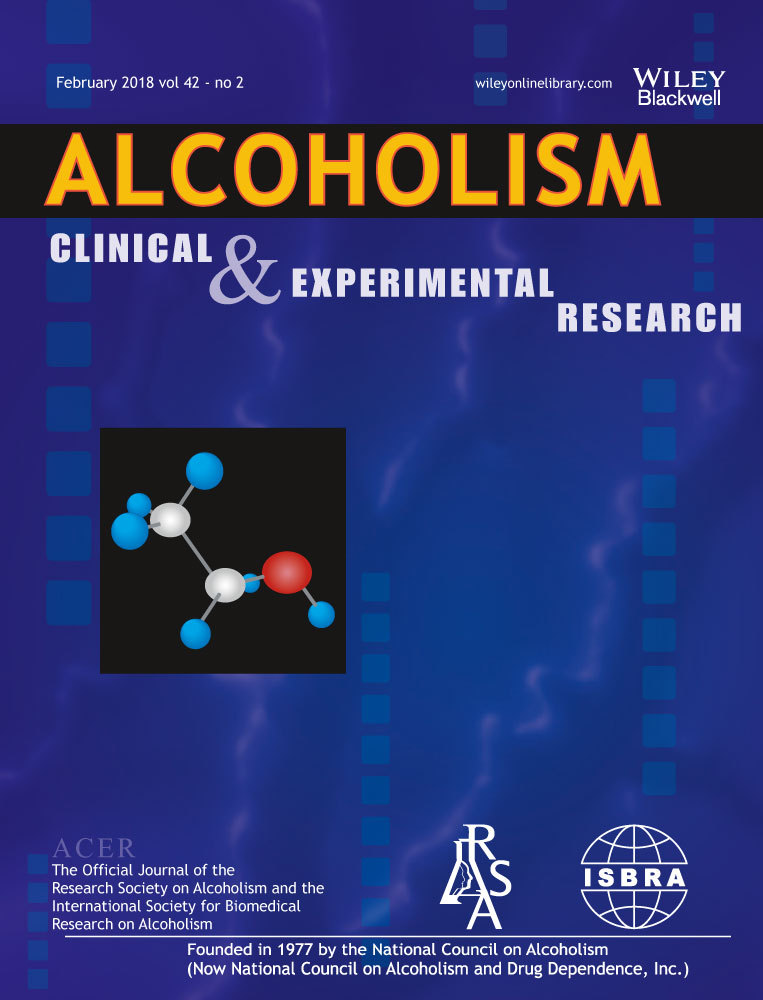Prenatal Alcohol Exposure Increases Histamine H3 Receptor-Mediated Inhibition of Glutamatergic Neurotransmission in Rat Dentate Gyrus
Abstract
Background
We have reported that prenatal alcohol exposure (PAE)-induced deficits in dentate gyrus, long-term potentiation (LTP), and memory are ameliorated by the histamine H3 receptor inverse agonist ABT-239. Curiously, ABT-239 did not enhance LTP or memory in control offspring. Here, we initiated an investigation of how PAE alters histaminergic neurotransmission in the dentate gyrus and other brain regions employing combined radiohistochemical and electrophysiological approaches in vitro to examine histamine H3 receptor number and function.
Methods
Long-Evans rat dams voluntarily consumed either a 0% or 5% ethanol solution 4 hours each day throughout gestation. This pattern of drinking, which produces a mean peak maternal serum ethanol concentration of 60.8 ± 5.8 mg/dl, did not affect maternal weight gain, litter size, or offspring birthweight.
Results
Radiohistochemical studies in adult offspring revealed that specific [3H]-A349821 binding to histamine H3 receptors was not different in PAE rats compared to controls. However, H3 receptor-mediated Gi/Go protein–effector coupling, as measured by methimepip-stimulated [35S]-GTPγS binding, was significantly increased in cerebral cortex, cerebellum, and dentate gyrus of PAE rats compared to control. A LIGAND analysis of detailed methimepip concentration–response curves in dentate gyrus indicated that PAE significantly elevates receptor–effector coupling by a lower affinity H3 receptor population without significantly altering the affinities of H3 receptor subpopulations. In agreement with the [35S]-GTPγS studies, a similar range of methimepip concentrations also inhibited electrically evoked field excitatory postsynaptic potential responses and increased paired-pulse ratio, a measure of decreased glutamate release, to a significantly greater extent in dentate gyrus slices from PAE rats than in controls.
Conclusions
These results suggest that a PAE-induced elevation in H3 receptor-mediated inhibition of glutamate release from perforant path terminals as 1 mechanism contributing the LTP deficits previously observed in the dentate gyrus of PAE rats, as well as providing a mechanistic basis for the efficacy of H3 receptor inverse agonists for ameliorating these deficits.
Graphical Abstract
Moderate prenatal alcohol exposure (PAE) elevates histamine H3 receptor-effector coupling in the dentate gyrus of adult rat offspring (Panel A) and increases H3 receptor-mediated inhibition of excitatory neurotransmission in dentate gyrus slices from PAE rats compared to controls (Panel B). We speculate that this increased H3 receptor-mediated inhibition contributes to the synaptic plasticity and behavioral deficits observed in our PAE rats, and provides a mechanistic basis for the efficacy of H3 receptor inverse agonists in ameliorating these deficits.





